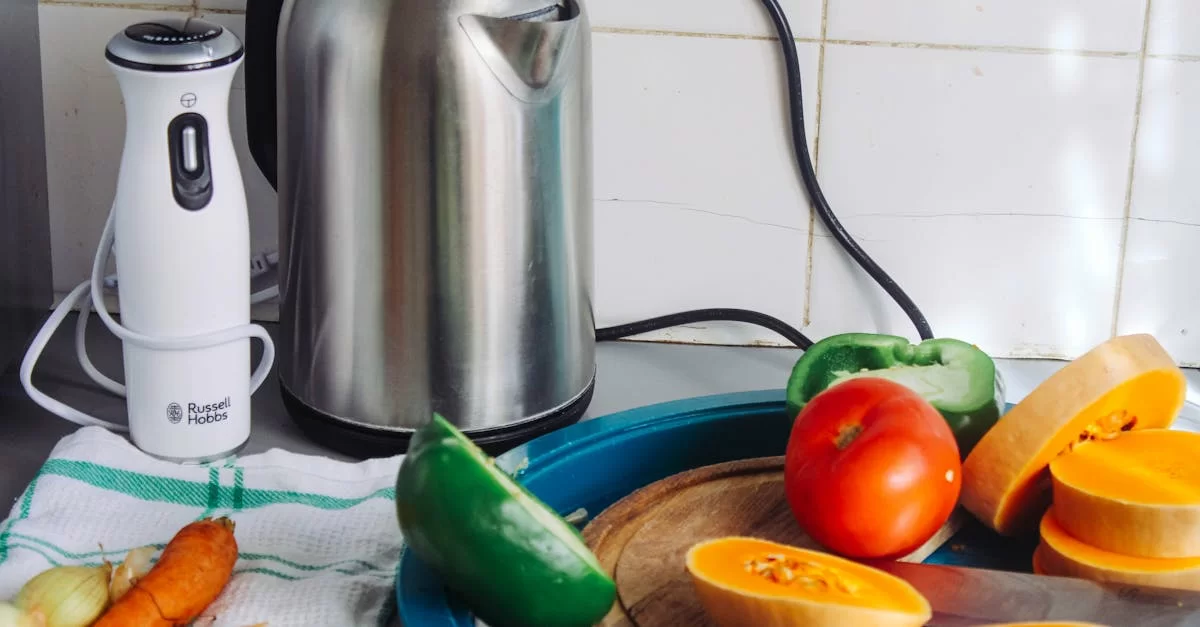In today's globalized world, more and more people are keen on purchasing imported household goods, which attract consumers with their unique designs and excellent quality. However, for businesses engaged in household goods import, understanding and successfully completing the import customs clearance procedures is crucial. Today, let's delve into the relevant aspects of household goods import customs clearance procedures.
Preparations Before Household Goods Import Customs Clearance

Firstly, importers need to complete the registration of their enterprise's import and export rights. This is like a key to open the door to import; only with import and export rights is an enterprise qualified to conduct import business. Mr. Xiao company, for instance, previously failed to complete its import and export rights registration in time, which resulted in goods being unable to clear customs promptly after arriving at the port, incurring high demurrage fees. Therefore, import and export rights registration must be handled in advance.
Secondly, it is necessary to determine the commodity classification and tariff rates. Household goods are diverse, and different commodity classifications correspond to different tariff rates. For example, common shampoos might be classified under different tariff codes due to factors like ingredients and intended use, leading to varying tariff rates. This requires importers to be familiar with customs commodity classification rules or seek assistance from professional customs brokers. Experienced customs brokers like Zhongmao Da can accurately classify commodities, avoiding risks arising from incorrect classification.
Preparation of Customs Declaration Documents
- The commercial invoice is an indispensable document, detailing information such as the commodity's name, specifications, quantity, and value. It's like the commodity's 'resume,' allowing customs to clearly understand the basic situation of the goods.
- The packing list, on the other hand, focuses on the packing details of the goods, specifying what each package contains and in what quantity, facilitating customs inspection of the actual packaging.
- The bill of lading is a document of title for cargo transportation, proving that the goods have been loaded onto the vessel or received by the carrier. Importers can only pick up the goods at the port of destination after obtaining the bill of lading.
- Additionally, if special household goods are involved, such as cosmetics, relevant product qualification certificates, like cosmetic registration certificates, must also be provided.
Customs Clearance Process Analysis
Before the goods arrive at the port, importers need to submit the prepared customs declaration documents to a customs broker, who will then declare them to customs. Upon receiving the declaration, customs will review the declaration documents. If the documents are complete and the information is accurate, customs will accept the declaration and decide whether to inspect the goods based on the commodity's situation.
Once customs decides to inspect, the importer or customs broker needs to cooperate with customs officials for on-site verification of the goods. The inspection content includes checking whether the actual condition of the goods matches the declared information, and if the quality, packaging, etc., comply with relevant standards. If no issues are found during the inspection, customs will release the goods, and the importer can arrange for pickup. However, if problems are discovered during inspection, such as false declarations, penalties like fines may be imposed.
Precautions During the Customs Clearance Process
Throughout the entire customs clearance process, the accuracy of declarations is paramount. Any acts of false declaration, under-reporting of value, etc., not only violate customs regulations but can also lead to severe legal consequences for the enterprise. At the same time, closely monitor the shipping status of goods and customs notifications, promptly addressing any potential issues to avoid delays in customs clearance.
In summary, although household goods import customs clearance procedures may seem complex, as long as importers prepare in advance, have accurate customs declaration documents ready, understand the customs clearance process, and strictly adhere to relevant regulations, they can successfully complete customs clearance and enable high-quality imported household goods to enter the market smoothly. We hope that all friends engaged in import business will pay attention to customs clearance procedures to ensure the smooth operation of their business.

Recent Comments (0) 0
Leave a Reply